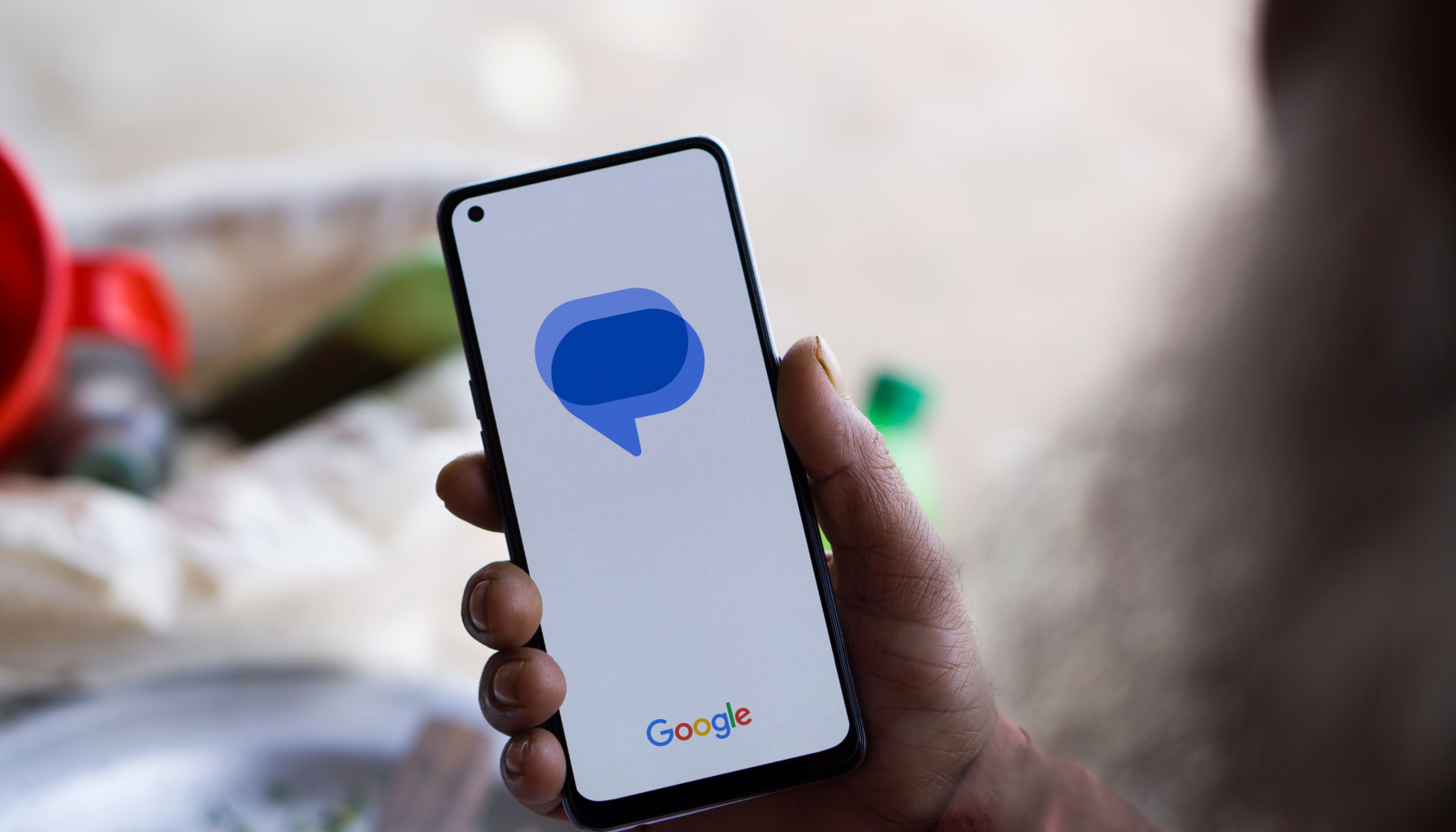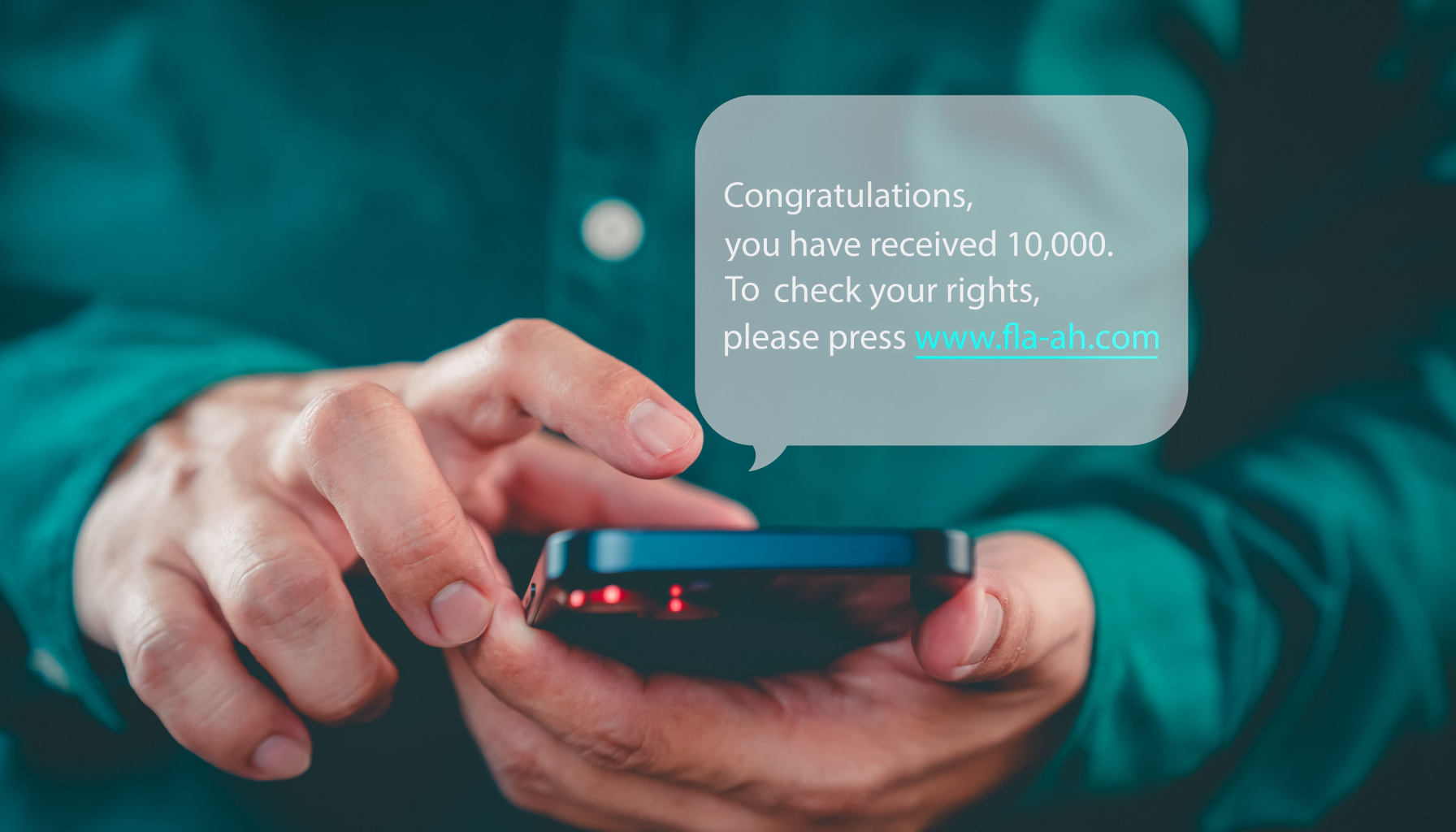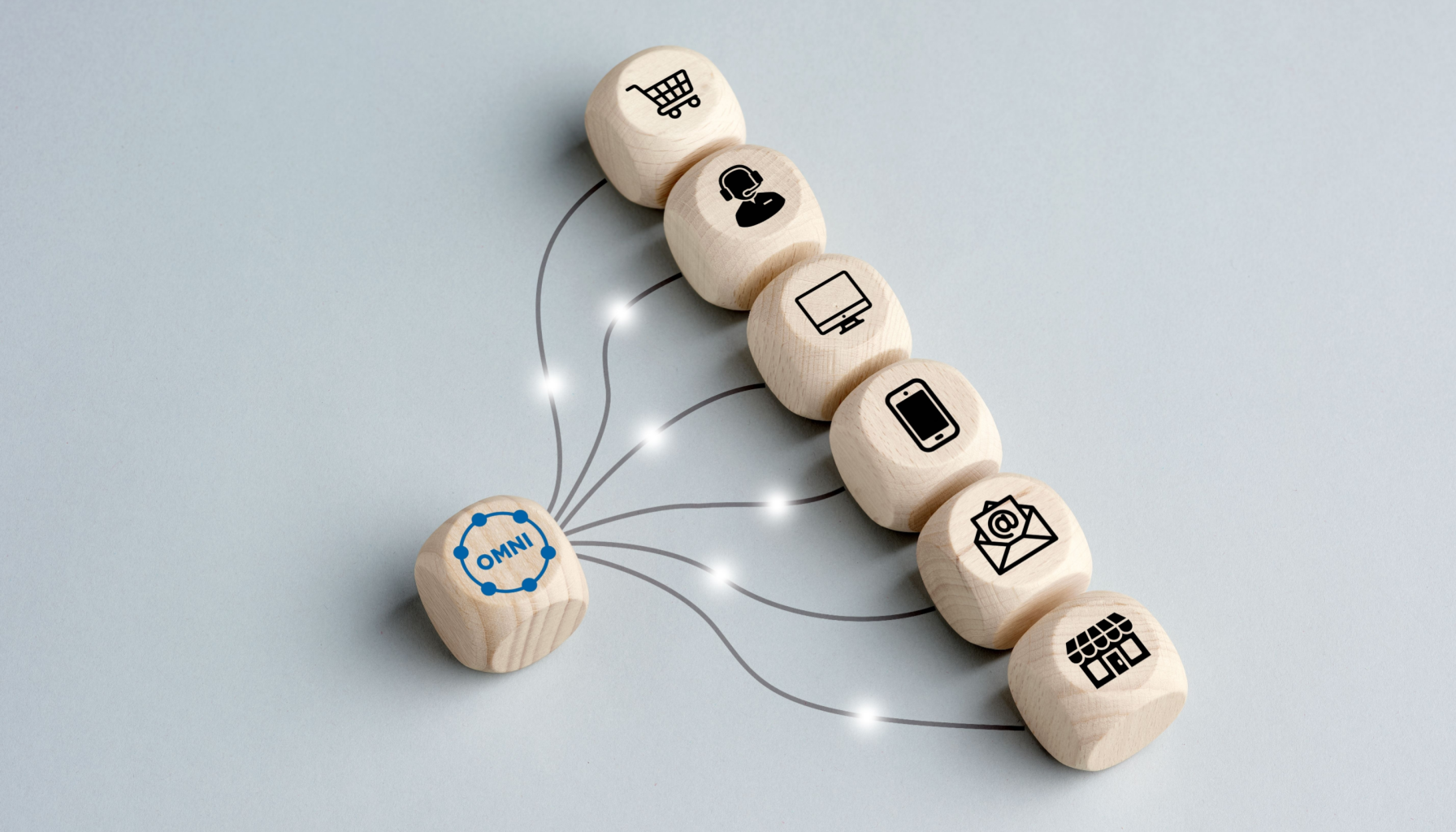RCS Messaging: The Next Generation of Mobile Communication

It’s no secret that mobile messaging has become a fundamental part of our daily lives. Yet, traditional SMS—which has remained largely unchanged since the 1990s—is starting to show its age. Rich Communication Services (RCS) is stepping up as the evolution of SMS, offering businesses and consumers more interactive, multimedia-friendly, and engaging conversations right from the default messaging app on a smartphone. In this post, we’ll explore what RCS messaging is all about, why it matters for brands, and how it’s shaping the future of mobile communication.
1. What Exactly Is RCS?
Rich Communication Services, commonly known as RCS, is a protocol defined by the GSM Association (GSMA) that enhances traditional SMS with features similar to those found in chat apps like WhatsApp, iMessage, or Facebook Messenger. RCS leverages a user’s data connection (mobile data or Wi-Fi) instead of relying solely on cellular networks. As a result, users can send:
- High-resolution images and videos
- Read receipts and typing indicators
- Interactive buttons and carousels
- Brand logos and custom color schemes
Effectively, RCS turns a phone’s default SMS app into a rich, interactive messaging platform—no need for separate chat apps when sending advanced features.
2. Why RCS Matters for Businesses
a. Superior User Experience
RCS goes beyond plain text. Imagine sending a customer a message with clickable buttons (“Track Order,” “View Catalog”) or even an entire product carousels with images and prices. Interactive content fosters higher engagement and offers a more immersive experience than text-based SMS.
b. Branded Conversations
Unlike standard SMS, RCS supports verified sender profiles. Businesses can display their brand logo, color schemes, and company name to ensure recipients trust the messages they receive. This verification reduces spam concerns and helps your communication stand out in a crowded inbox.
c. Enhanced Metrics and Analytics
With traditional SMS, tracking customer interactions can be a challenge. RCS delivers real-time read receipts, delivery confirmations, and click-through rates for buttons or links. Brands gain greater insight into customer behavior—helping refine messaging strategies, optimize campaigns, and improve ROI.
d. Reduced Friction in Conversions
The more steps a customer must take—like clicking a link to open a browser or download an app—the higher the drop-off rate. RCS keeps interactions in one place, making it easier for users to place orders, book appointments, or respond to surveys without ever leaving their default messaging app.
3. Key Features That Elevate RCS Above SMS
- Rich Media Support
Send images, GIFs, videos, audio clips, and documents in high resolution. This is a major leap from MMS’s size limits and SMS’s text-only format. - Suggested Replies & Actions
Preconfigured buttons allow users to respond instantly or take actions like “Call Now,” “Open Link,” or “Map Directions.” This helps streamline customer interactions. - Brand Authentication
Official business names, branded avatars, and verified checkmarks help recipients confirm the legitimacy of your messages. - Real-Time Indicators
Typing notifications and read receipts provide a chat-like experience, increasing interactivity and transparency. - Security Upgrades
Although RCS doesn’t inherently provide end-to-end encryption, many carriers and platforms are incorporating additional security measures to protect user data. Moreover, sender verification helps reduce phishing and spoofing attempts.
4. Potential Use Cases Across Industries
a. Retail & E-commerce
- Product Carousels: Send personalized product recommendations in a single message.
- Cart Abandonment Alerts: Let users view and purchase items directly from an RCS conversation.
- Order Tracking: Provide real-time shipping updates with clickable tracking links.
b. Travel & Hospitality
- Flight Check-Ins: Offer one-tap check-in buttons.
- Boarding Passes: Share scannable QR codes and flight statuses in one place.
- Hotel Bookings: Display room photos and booking details, letting users confirm with a single tap.
c. Banking & Finance
- Secure Notifications: Alert customers about suspicious activity or large transactions.
- Loan Applications: Streamline application processes with guided, in-message forms.
- Customer Support: Provide real-time chat support with visuals and secure authentication steps.
d. Healthcare
- Appointment Reminders: Include “Confirm” or “Reschedule” buttons for immediate responses.
- Lab Results: Securely deliver test outcomes with attached documents.
- Prescription Refills: Enable patients to reorder medication with minimal effort.
5. The Current State of RCS Adoption
RCS adoption varies by region and carrier. While Google has been a major driver of RCS through the Android Messages app, support from Apple is currently not available—iPhone users still rely on iMessage for similar features. Nevertheless, adoption is growing as more carriers worldwide upgrade their networks to Universal Profile (the standard for RCS messaging).
Obstacles to Overcome
- Fragmentation: Different carrier implementations can lead to inconsistent features or user experiences.
- iOS Integration: Lack of RCS support on iOS means a significant user base can’t fully benefit from RCS interactions (unless they switch to Android, which is unlikely).
- Awareness: Many consumers still aren’t aware of RCS or how it differs from regular SMS.
However, these challenges are gradually easing as more telecom operators realize the commercial and user-experience benefits. Enterprises and messaging solution providers are also working closely with carriers to streamline onboarding processes.
6. Best Practices for Implementing RCS
- Secure Opt-In and Consent
As with SMS or email marketing, obtain clear consent and provide easy opt-outs. Comply with regulations like TCPA (USA) or GDPR (EU) to avoid hefty fines and maintain customer trust. - Design for Interactivity
Leverage quick-reply buttons, carousels, and visuals that drive engagement. Keep the flow intuitive—mimic the simplicity of popular messaging apps to reduce friction. - Personalize Where Possible
Tie RCS messages to CRM or marketing automation platforms. Send relevant offers based on browsing history, location, or past interactions. - Test Thoroughly
RCS features can differ slightly depending on devices, carriers, and operating systems. A/B test message formats, visuals, and CTAs to optimize performance and ensure consistent user experiences. - Track Metrics and Iterate
RCS provides rich data—delivery status, read receipts, click-throughs on suggested actions. Regularly analyze these metrics to refine message timing, copy, and content strategies.
7. The Future of RCS: More Than Just Texting
With the rapid evolution of mobile technology, RCS is positioned to become a critical piece of the omnichannel communication puzzle. As more carriers support richer messaging features and larger user bases gain access, expect RCS to integrate tightly with:
- AI Chatbots for automated, natural-language customer support
- AR and VR elements for immersive product demos
- Advanced Security protocols like end-to-end encryption and digital ID verification
Moreover, the line between traditional SMS and advanced chat apps will blur even further, reducing users’ reliance on third-party platforms. Brands that adopt RCS early can stand out with enhanced engagement and a unique mobile experience—especially among Android-dominant audiences.
Conclusion
RCS represents the next evolution of mobile messaging, bringing chat-like features directly to customers’ native messaging apps. For businesses, it’s a golden opportunity to elevate the humble text message into an interactive, visually appealing, and secure communication channel.
From driving sales with product carousels to providing seamless customer service, RCS delivers a richer experience across the customer journey. While challenges like limited iOS support remain, the potential for higher conversions, stronger brand trust, and in-depth analytics makes RCS a must-watch technology for modern marketers.
If you’re looking to stand out in a crowded digital ecosystem, consider RCS as part of your broader omnichannel strategy. Start exploring how rich messaging can supercharge your customer engagement—and be ready to adapt as the future of RCS continues to unfold.




